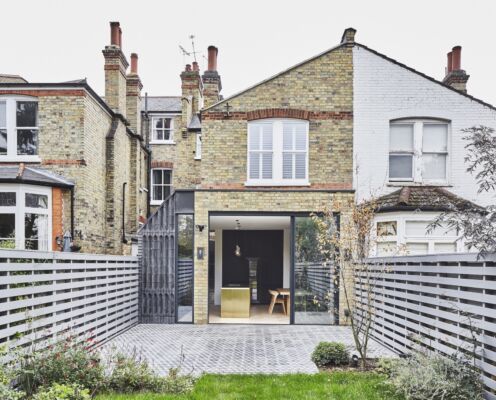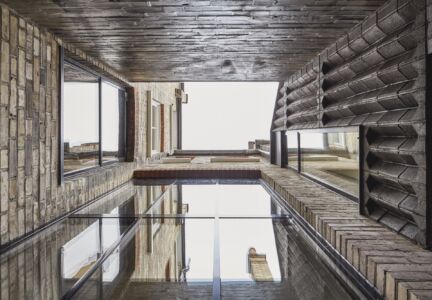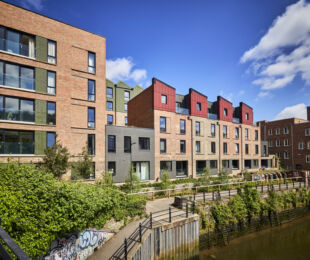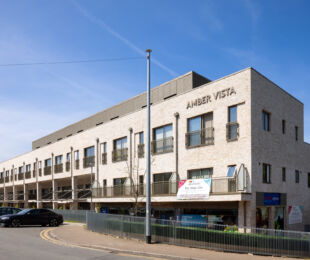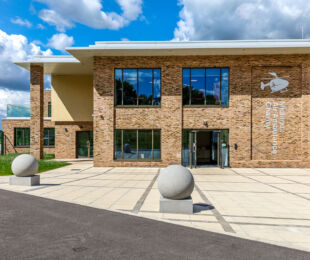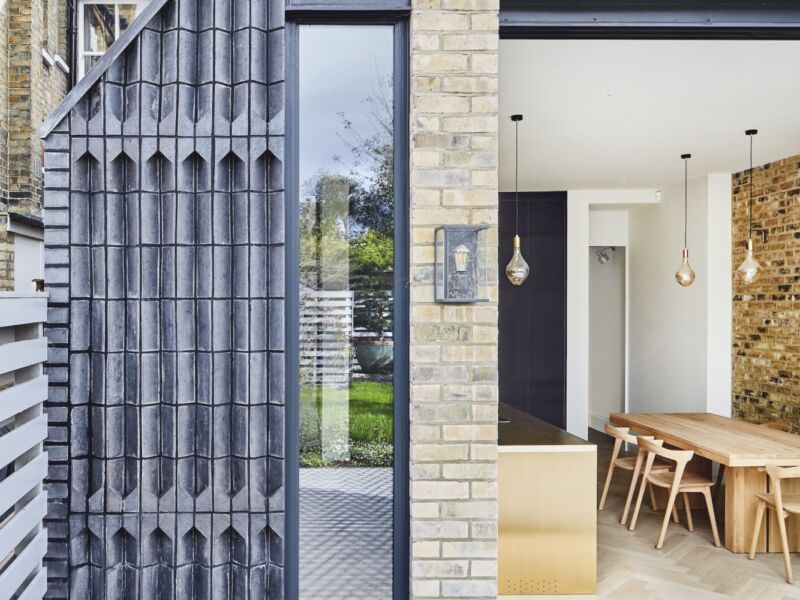
Clay brick has long been valued for its durability, versatility, and timeless beauty. But the way architects use it can transform it from a humble building block into a striking design statement. The Dukes Avenue project by Mulroy Architects shows how careful consideration of colour, texture, form, and construction technique can elevate a material to new heights.
A Victorian Refurbishment with Modern Ambitions
Located in the Muswell Hill Conservation Area in London, Dukes Avenue involved the luxury refurbishment and extension of a Victorian mid-terraced house. The design brief went beyond simply modernising; it sought to maximise living space, add a light-filled basement, and maintain a sense of luxury inside and out. Clay brick played a central role in achieving these aims.
Choosing the Right Brick Tone
The architects selected Ketley Brick’s Staffordshire Blue engineering bricks for the rear and courtyard extensions. Their darker tones created a striking visual contrast against the softer, light buff London stock brick of the existing house. This wasn’t just about aesthetics - the colour shift clearly marked the new architectural intervention while complementing the historical fabric.
Playing with Light and Shadow
One of the most distinctive features of the extension is its gothic-like fluting. This vertical column effect was achieved by creatively laying plinth stretchers and plinth stop end bricks on their ends - a departure from their standard placement.
By exposing the normally hidden rougher faces of the brick, the design gained deep shadows and tactile richness. The dark mortar between the joints enhanced this shadow play, giving the façade a monolithic presence.
Because the brickwork design exposed non-standard faces, colour consistency was crucial. Ketley’s careful kiln-firing process ensured that all faces of the brick shared the same deep blue hue, avoiding visual breaks in the façade.
Engineering Clay Bricks for Long-Term Performance
The intricate façade required a clay brick that could withstand both time and weather. Ketley’s Class A engineering bricks offered exceptional strength and freeze-thaw resistance, ensuring the fluted details would remain sharp and intact for decades.
A Modern Take on Tradition
Dukes Avenue shows that working with clay brick isn’t about repeating the past - it’s about understanding the material’s potential. Colour, orientation, texture, and technical performance all came together here to create a façade that is as durable as it is distinctive.
Brick Bulletin | Feature 262
